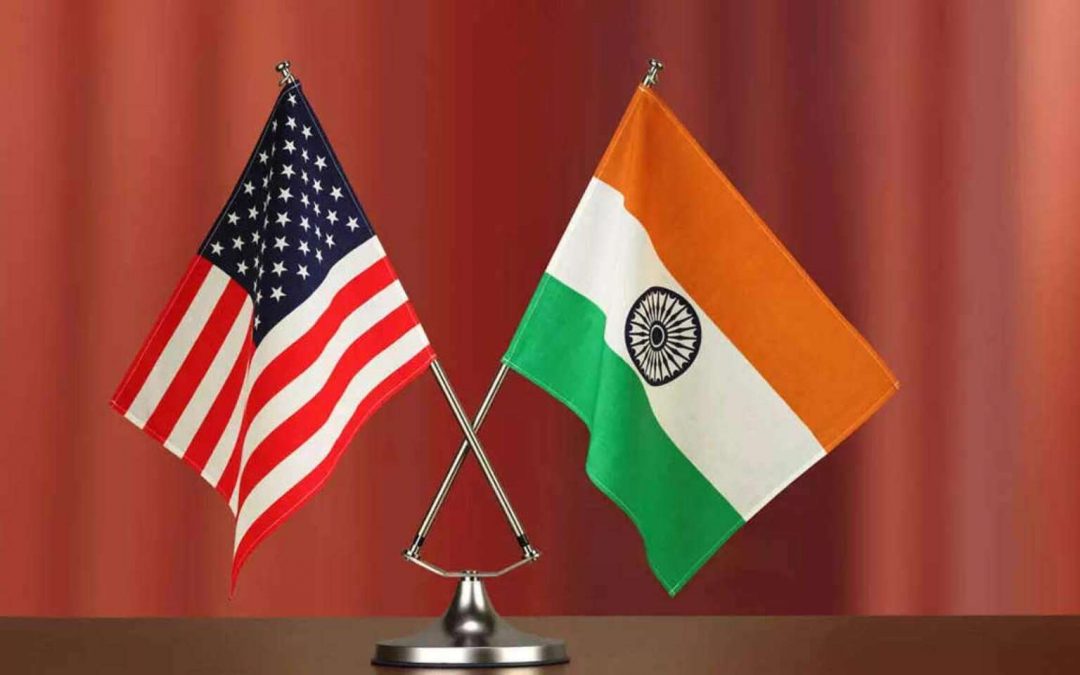NEW DELHI: In a significant milestone for the Indo-US civil nuclear agreement, the US Department of Energy (DoE) has granted regulatory approval to Holtec International, an American firm, to design and build nuclear reactors in India. This marks a crucial step forward nearly two decades after the agreement was first signed.
On March 26, 2025, Holtec received DoE authorization to transfer small modular reactor (SMR) technology to India. Holtec, a global leader in nuclear reactor components and spent fuel storage systems, will collaborate with three Indian firms: Holtec Asia (its regional subsidiary), Larsen & Toubro Ltd, and Tata Consulting Engineers Ltd.
The clearance is subject to strict US regulations under “10CFR810”, which restricts the use of shared technology. The approval is valid for 10 years, with mandatory reviews every five years. Additionally, the US has imposed a key condition: nuclear power plants designed and built under this agreement cannot be transferred to other Indian entities or foreign nations without prior US government approval.
Holtec had also sought clearance for Indian government-owned firms Nuclear Power Corporation of India Limited (NPCIL), National Thermal Power Corporation (NTPC), and the Atomic Energy Regulatory Board (AERB). However, the Indian government had withheld approvals for these state-owned entities while awaiting DoE’s decision.
The Long Road to Implementation
The India-US Civil Nuclear Agreement (123 Agreement) was originally signed in August 2007 by then-Prime Minister Manmohan Singh and then-US President George W. Bush, aiming to establish full-fledged civil nuclear cooperation between the two nations. However, legal and regulatory roadblocks delayed its implementation for nearly 20 years.
Until now, US companies were permitted to export nuclear reactors and components to India but were barred from any design or manufacturing activities within the country. The latest development overturns this restriction, allowing India to integrate US nuclear technology into its energy infrastructure.
Strengthening Indo-US Energy Cooperation
In February 2025, Prime Minister Narendra Modi and US President Donald Trump met to advance energy collaboration between the two nations. During discussions, the leaders launched a new initiative to drive “transformative change across key pillars of cooperation” and reaffirmed their commitment to leveraging the 2007 123 Agreement for peaceful nuclear energy.
Recognizing energy security as vital to economic growth, innovation, and social well-being, both countries pledged to enhance nuclear energy availability, affordability, and reliability. As part of this effort, the Indian government is considering amendments to the Atomic Energy Act of 1962, which currently prohibits private sector investment in nuclear power plants.
India’s Expanding Nuclear Power Sector
India presently operates 22 nuclear reactors with a total installed capacity of 6,780 MWe. This includes 18 Pressurized Heavy Water Reactors (PHWRs) and four Light Water Reactors (LWRs). In February 2024, Kakrapar Unit 4 became the latest nuclear power plant to begin operations.
The new agreement with Holtec is expected to further bolster India’s clean energy ambitions, strengthen Indo-US technological collaboration, and accelerate the country’s transition to nuclear power as a key component of its energy mix.






